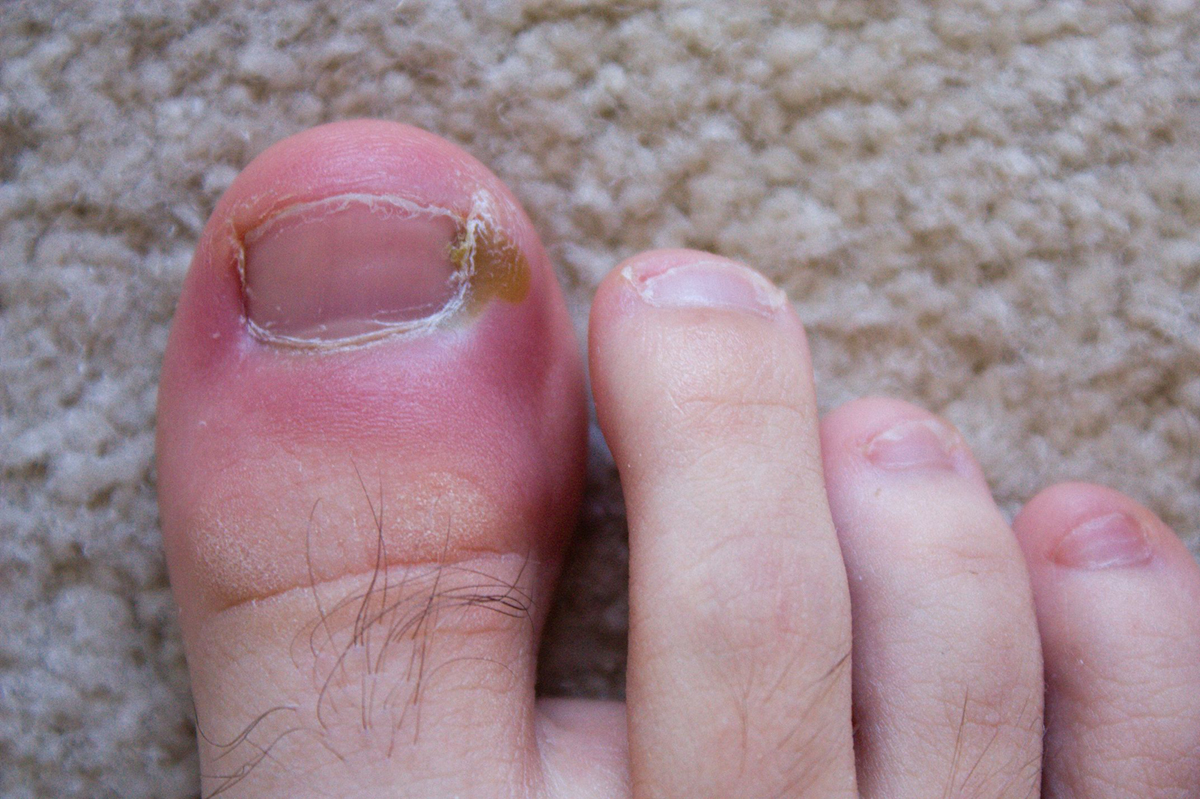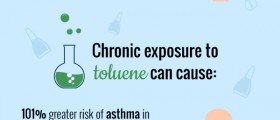
What is paronychia?
Paronychia is a fairly common infection of the skin tissue surrounding the fingernails or toenails. This nail infection can be caused by bacteria as well as fungi or yeast (Candida). Sometimes multiple causative agents combine, and a more complex paronychia infection results. This kind of chronic paronychia is harder to treat.
Paronychia affects folds of around the fingernail or toenail, especially the part next to the base of the nail. Some patients will experience paronychia of the finger and toenails at the same time.
What are the symptoms of paronychia?
Symptoms you can expect with paronychia are the same whether the infection is acute or chronic. They include:
- One of the first symptoms of paronychia is pain, discomfort, or tenderness in the affected finger or toe.
- Redness and swelling follow quickly, or may appear first.
- The nail near the affected skin will change color or undergo textural alterations. In some cases, the affected nail can come loss and detach completely.
- Some patients will notice a pus buildup around the nail or nails affected by paronychia.
In most cases, this condition can be successfully treated at home. Only severe cases of paronychia require medical attention.
Acute vs chronic paronychia: What is the difference?
There are two forms of paronychia — the condition can both be acute and chronic.
Acute paronychia is usually caused by the bacteria Staphylococcus aureus, or bacteria from the Enterococcus family. These bacteria often enter the skin around the nail as a result of nail biting, skin picking, or small injuries.
The acute form of this nail infection develops very quickly, as soon as a few hours upon contraction of the bacteria. The nail fold becomes painful, red and swollen. The nail may look discolored due to the collection of pus underneath its surface. The pus is usually yellow or golden. In some cases, the armpit glands may become swollen as a reaction to the infection. Paronychia can be accompanied by fever, although rarely.
In mild and uncomplicated cases, paronychia is effectively treated with antibiotic creams and sometimes with oral antibiotics, such as amoxicillin. (Never initiate antibiotic treatment yourself even if antibiotics are freely available where you live — only take antibiotics prescribed to you by a doctor.) Sometimes the pus may stay trapped under the nail or skin, forming an abscess that needs to be drained and this requires professional treatment by a doctor.
Chronic paronychia is somewhat more serious form of the infection than the acute form. Though the symptoms are the same, chronic paronychia develops much more slowly. It is not uncommon for chronic paronychia to affect first one nail and then spread to others. The nail fold may become more swollen and rise prominently from the nail. The pus seen in chronic paronychia may be of a different color — yellow, white or green. In most cases, chronic paronychia is caused by a combination of bacteria and a fungus such as Candida albicans.
Chronic paronychia commonly affects people whose hands or feet are wet a lot, because moist hands or feet are a perfect environment for bacteria and yeast growth. This category of people includes hairdressers, bartenders, nurses, or laundry workers.
People who have diabetes or blood circulation problems are more prone to paronychia than others.
It is very important to keep the hands and feet dry at all times. For people whose job requires working with water and who often get their hands wet, it is recommended to wear a pair of cotton gloves underneath another pair of protective rubber gloves. It is also necessary to wash your hands frequently using an antiseptic or antibacterial soap, to keep microbial growth to a minimum.
The treatment of paronychia may include antifungal creams and ointments and it may last for several months. The new, healthy nail takes about a year to grow.






_f_280x120.jpg)










Your thoughts on this
Loading...